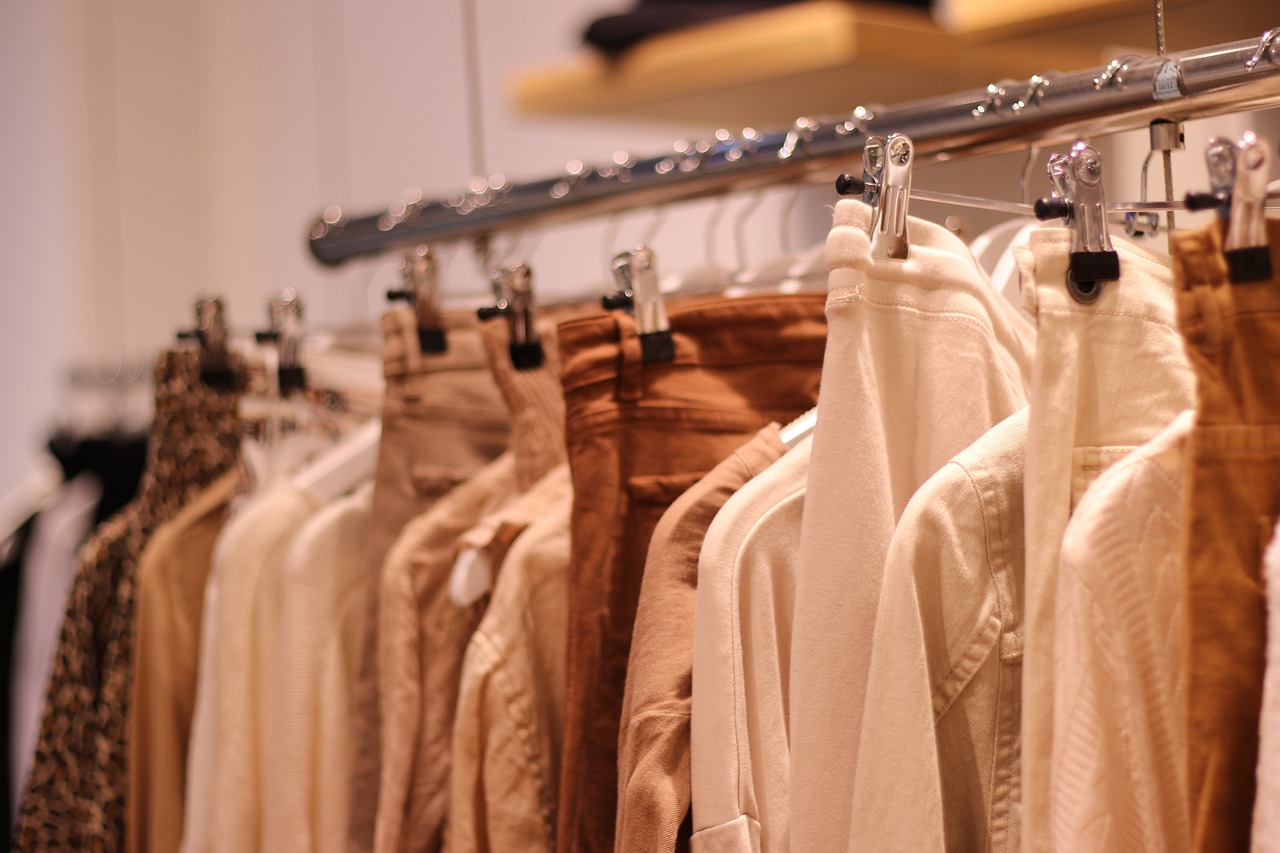In 2023, the global worn clothing export reached 5.53 million tons, highlighting the growing importance of textile reuse and recycling in the circular economy. With China, the U.S., and Germany leading the way, and 32% of all exports coming from the EU, this trade plays a crucial role in reducing textile waste and promoting sustainability.
For industry leaders and policymakers, this data presents both challenges and opportunities in advancing circular textile systems. How can we leverage these exports to drive greater sustainability? Let’s explore the implications.

The export of used clothing is a fundamental part of the textile circular economy—an approach that minimizes waste by keeping products in use for as long as possible. Rather than discarding garments into landfills or incinerators, exporting worn clothing extends their life cycle, reduces environmental impact, and creates economic opportunities.
This trade helps:
✔ Reduce Textile Waste – The fashion industry produces 92 million tons of textile waste annually. Re-exporting used clothing diverts a significant portion from landfills.
✔ Lower Carbon and Water Footprint – Producing new textiles is resource-intensive. Recycling and reusing clothing can cut emissions by up to 70% compared to producing new garments.
✔ Boost Global Secondhand Markets – Many countries in Africa, Asia, and Latin America rely on imported secondhand clothing, creating jobs and affordable fashion.
Challenges: From Overproduction to Downcycling
Despite the benefits, the current system still faces key challenges that need to be addressed:
🔴 Overproduction & Fast Fashion – The sheer volume of clothing production continues to rise, outpacing the ability to reuse and recycle. This creates a surplus of low-quality garments, many of which cannot be resold or repurposed.
🔴 Limited Recycling Technologies – Most textiles are blended fabrics, making recycling technically and economically difficult. Only 1% of textiles are recycled into new clothing.
🔴 Regulatory & Trade Barriers – Some countries restrict the import of secondhand clothes, citing concerns over local textile industries. Balancing trade policies with circular economy goals is a growing policy debate.
What Needs to Change? Policy & Industry Actions
To build a truly sustainable and circular textile system, industry leaders and policymakers must take strategic actions:
1️⃣ Invest in Advanced Textile Recycling – Governments and businesses should fund innovation in fiber-to-fiber recycling to increase the percentage of clothing that can be turned into new garments.
2️⃣ Improve Collection & Sorting Infrastructure – More efficient sorting systems can separate high-quality resale items from those suited for recycling, improving material recovery rates.
3️⃣ Support Extended Producer Responsibility (EPR) Policies – Brands should be held accountable for the end-of-life impact of their products through take-back schemes and incentives for circular design.
4️⃣ Encourage Sustainable Fashion Consumption – Consumers, brands, and policymakers must work together to slow down fast fashion, promoting durability, repair, and resale markets.
5️⃣ Foster International Collaboration – Trade policies should support ethical secondhand clothing exports, ensuring that receiving countries benefit economically and environmentally.
Final Thoughts: From Waste to Resource
The 5.53 million tons of exported worn clothing in 2023 is both a success and a challenge. It proves that the circular textile economy is gaining traction, but it also highlights the urgent need for better recycling systems, stronger policies, and more responsible production practices.
For industry leaders and policymakers, the next step is clear: scale up textile circularity through innovation, regulation, and collaboration. Only then can we transition from a linear “take-make-waste” model to a truly circular and sustainable textile industry.



